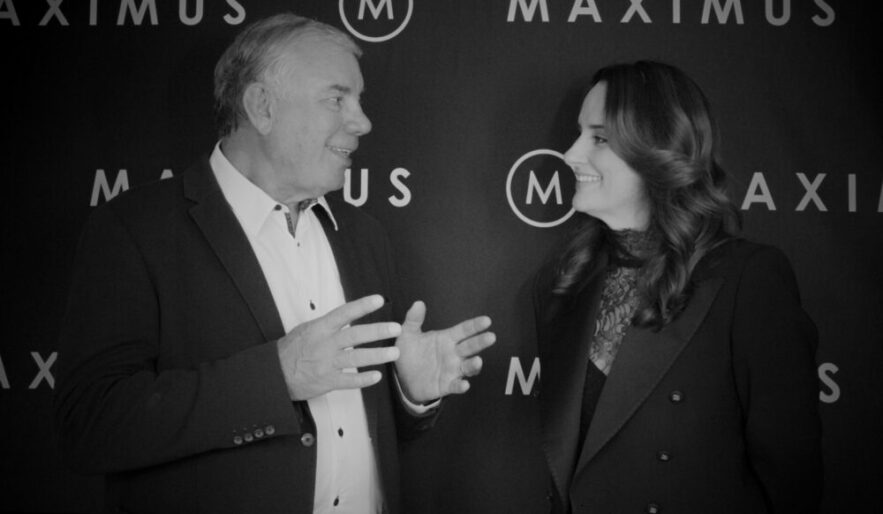You know it’s that time of the year when all of a sudden HR and Managers start reminding you of the cool stuff they did this year. The great parties, the awesome rewards, that new training program…
It’s engagement survey time.
Every year since 2013 we have spent upwards of $1.5bn on measuring engagement (1). Every year it’s the same merry-go-round. And where has it got us?
Well, brace yourself – because it’s not pretty.
Engagement scores are flat or meakly rising, but the increased performance that should correlate with a rise, isn’t there. By one measure, last year was the greatest rise globally, but the researcher has no idea why this is. According to a massive global benchmarker of engagement (don’t get me started on benchmarking) after measuring millions of people a year for over a decade, the best thing we can all do is measure engagement more often.
Wait. What?
Is it because study after study has shown that engagement is linked to retention of talent, productivity, increase revenues, profits and ultimately share price?
These are certainly compelling outcomes of increasing engagement, but the fact that measuring engagement is not causing it to increase is a pretty solid indicator that engagement itself is not the root cause of these gains.
If you do your jacket up tighter, you will get warmer. But what made you do your jacket up? Where does engagement come from?
Think about it. Who do we look to for increases in engagement scores? Who do we blame when engagement scores are down? Who do we chastise when they stay flat? LEADERS.
Leadership effectiveness drives engagement. Leadership effectiveness is the root cause of all of the other wonderful outcomes listed above – those wrongly claimed by the engagement measuring crowd. Leadership effectiveness is the root cause. We all know this! So why aren’t we measuring leadership effectiveness?
Possibly because leadership is a bit complicated. What is leadership? After 100+ years of study on the topic we can’t agree what it is, so how could we possibly measure it?
Luckily we don’t need to define leadership. We just need to know what effective leaders do, and assess whether or not they are doing it. This is one step before engagement in the chain of cause and effect, and the real pivot of change.
You get higher engagement from more effective leaders, but you don’t get more effective leaders by measuring engagement. You get more effective leaders by measuring leadership effectiveness.
So what do effective leaders do, and how can we measure it? Turns out it’s relatively simple.
There are four key things to look out for:
- Results. Effective leaders produce outcomes that their stakeholders value. They get results. They achieve objectives
- Clear direction. Effective leaders set a clear direction. They answer the “where are we headed, and how do we get there?” questions
- Deep alignment. Effective leaders align around their own values, align their teams and align the organisation to create a strong culture
- Evolving capability. Effective leaders scan the environment to protect and extend core capabilities, leverage strengths, and build new capabilities – in themselves and their organisations
We have developed and tested an exciting new approach to measuring these four things. It’s an approach that codes your specific objectives – the results that your unique business seeks to achieve, and then quickly assesses the degree to which your leaders are providing clear direction, enabling deep alignment and facilitating evolving capability in the pursuit of these objectives.
The positive impact of feeding this information back to leaders has been incredible. And yes, you guessed it, engagement scores are going up.
(1) Josh Bersin – www.bersin.com








